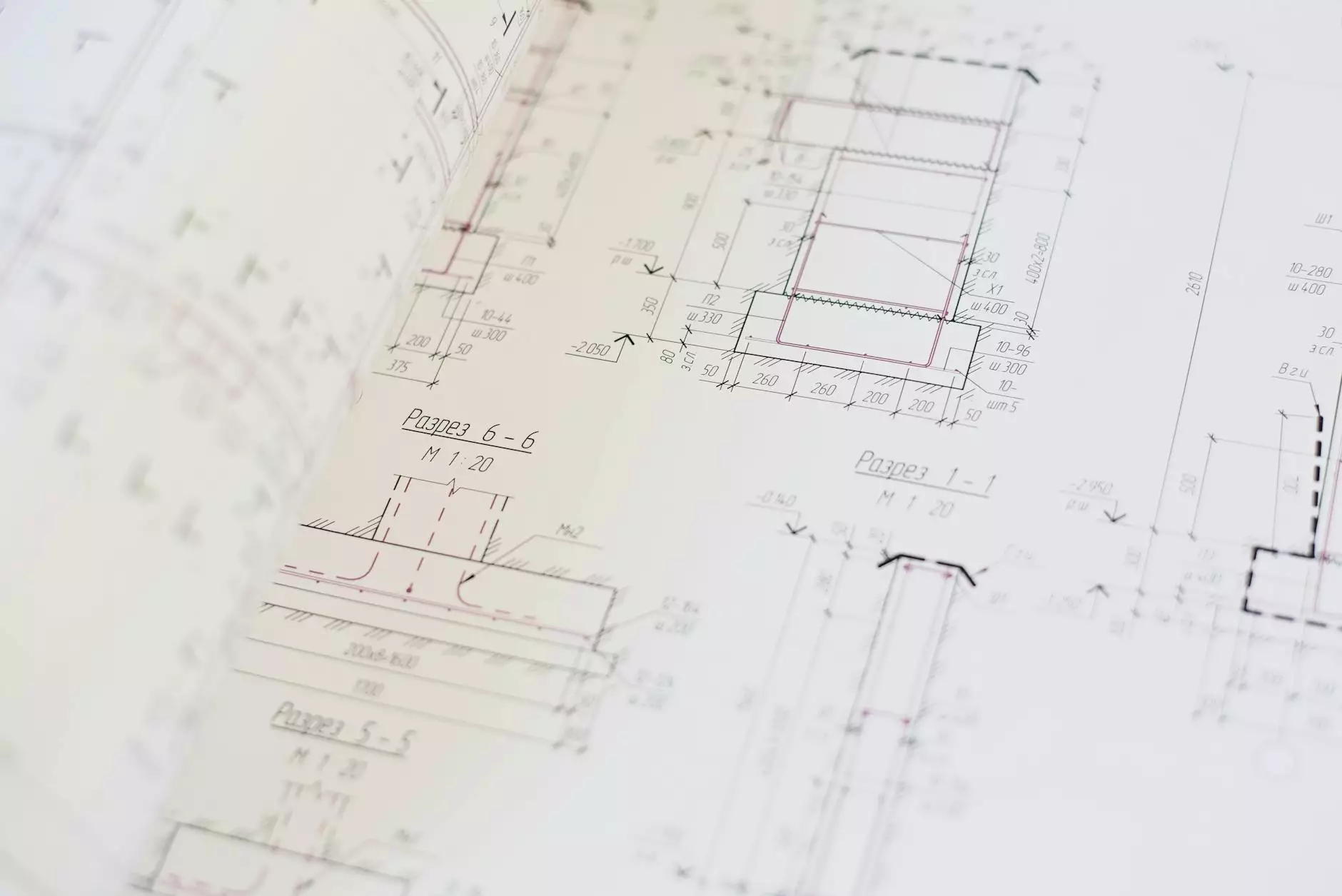Understanding the **Parts of Hydraulic Excavators** for Enhanced Performance

The hydraulic excavator is one of the most versatile and powerful machinery pieces on job sites today. Recognized for its ability to perform a variety of tasks, it is essential to understand the individual parts of hydraulic excavators to ensure optimal performance. In this article, we will delve deep into the various components of hydraulic excavators, their functions, and the significance of each part in overall machine efficiency.
1. Overview of Hydraulic Excavators
Hydraulic excavators are heavy construction equipment equipped with a boom, dipper, bucket, and cab on a rotating platform. They are vital for excavation, demolition, material handling, and many other applications in the construction and mining sectors. Understanding their construction and functionality allows operators and maintenance personnel to troubleshoot issues quickly and ensure compositions remain at peak efficiency.
2. Key Components of Hydraulic Excavators
When referring to the parts of hydraulic excavators, the following components can be identified:
- Hydraulic System
- Cab
- Boom
- Dipper Arm (Stick)
- Bucket
- Undercarriage
- Tracks
- Counterweight
- Engine
- Electrical System
- Attachments
3. Detailed Exploration of each Component
3.1 Hydraulic System
The hydraulic system is the heart of a hydraulic excavator. It consists of hydraulic fluid, a pump, hydraulic cylinders, and hoses. Each component works together to convert the engine's power into hydraulic power, which provides the force needed to operate the boom, dipper arm, and bucket. Understanding the hydraulic system aids in efficient operation and timely maintenance.
3.2 Cab
The cab is the operator's workplace. Equipped with various controls, levers, and monitors, it offers visibility and comfort. Advanced excavators might include ergonomic seating and climate control, enhancing operator performance and reducing fatigue, which is crucial for long working hours.
3.3 Boom
The boom is the long arm that extends from the upper structure of the excavator. It can be raised or lowered to reach different heights and depths, making it essential for digging and lifting operations. The design and strength of the boom are critical for ensuring the stability and safety of the excavator during operation.
3.4 Dipper Arm (Stick)
The dipper arm, or stick, connects the boom to the bucket. It provides the range of motion required to dig deep into the earth. The dipper arm plays a vital role in determining the excavator's reach and load capacity, thus allowing for enhanced productivity on site.
3.5 Bucket
The bucket is probably the most recognizable part of the hydraulic excavator. Available in various shapes and sizes, buckets can be specialized to suit different materials and tasks, such as digging, grading, or loading. Regular inspections of the bucket for wear and tear are essential to maintain performance and avoid operational overloading.
3.6 Undercarriage
The undercarriage is the base of the excavator that provides stability and support. It includes the tracks, rollers, and frame. A durable undercarriage is essential for off-road mobility and ensures the excavator can move across rough terrain efficiently.
3.7 Tracks
The tracks allow the excavator to traverse various types of terrain, providing both stability and increased traction. There are typically two types of tracks: rubber tracks for smoother surfaces and metal tracks for rougher terrains. Proper maintenance of the tracks is crucial to ensure longevity and optimal function.
3.8 Counterweight
The counterweight is located at the rear of the excavator and serves to balance the machine. It compensates for the weight of the arm and bucket to prevent tipping during operation. Understanding the counterweight's role in the machine's stability can help operators avoid accidents and injuries on-site.
3.9 Engine
The engine provides the horsepower necessary for the hydraulic system to function effectively. In recent years, advancements in engine design have led to improved fuel efficiency and reduced emissions, allowing for greater environmental compatibility without sacrificing performance.
3.10 Electrical System
The electrical system is crucial for overall machine functionality, powering systems such as lights, indicators, and electronic control units. Regular testing and maintenance of the electrical system can help prevent unexpected breakdowns and ensure the excavator operates reliably.
3.11 Attachments
Beyond the basic bucket, various attachments can enhance the versatility of excavators, such as grapples, hammers, and thumbs. Understanding how to choose and maintain the right attachments is critical for maximizing excavation efforts and adapting to various operational demands.
4. Importance of Regular Maintenance
Each of the aforementioned parts of hydraulic excavators requires regular inspections and maintenance to avoid breakdowns. Preventive maintenance includes checking hydraulic fluid levels, examining hoses for leaks, and ensuring that moving parts are lubricated properly. A well-maintained excavator not only performs better but also has a longer lifespan, which is a significant investment for businesses involved in construction.
5. Upgrading and Replacing Parts
As components wear out over time, knowing when to upgrade or replace parts can greatly enhance operational efficiency. Parts such as hydraulic hoses, filters, and undercarriage components can often be replaced to improve performance and reduce costs in the long run. It is advisable to source quality parts of hydraulic excavators from reliable suppliers like Shop Hydraulic America to ensure high-quality standards.
6. Conclusion
In conclusion, understanding the parts of hydraulic excavators is essential for anyone involved in construction or heavy machine operation. Each component plays a vital role in the overall efficiency and productivity of the excavator. By investing time in comprehension, maintenance, and proper operational techniques, businesses can significantly improve their workflow and achieve superior results on the job site.
7. Call to Action
If you are looking for high-quality hydraulic excavator parts, visit Shop Hydraulic America today. Our extensive inventory of auto, motorcycle, and hydraulic parts ensures you have everything you need for your machinery's maintenance and enhancement at unbeatable prices!









